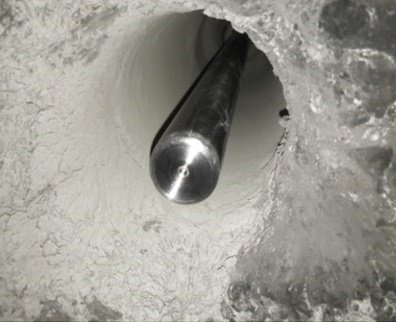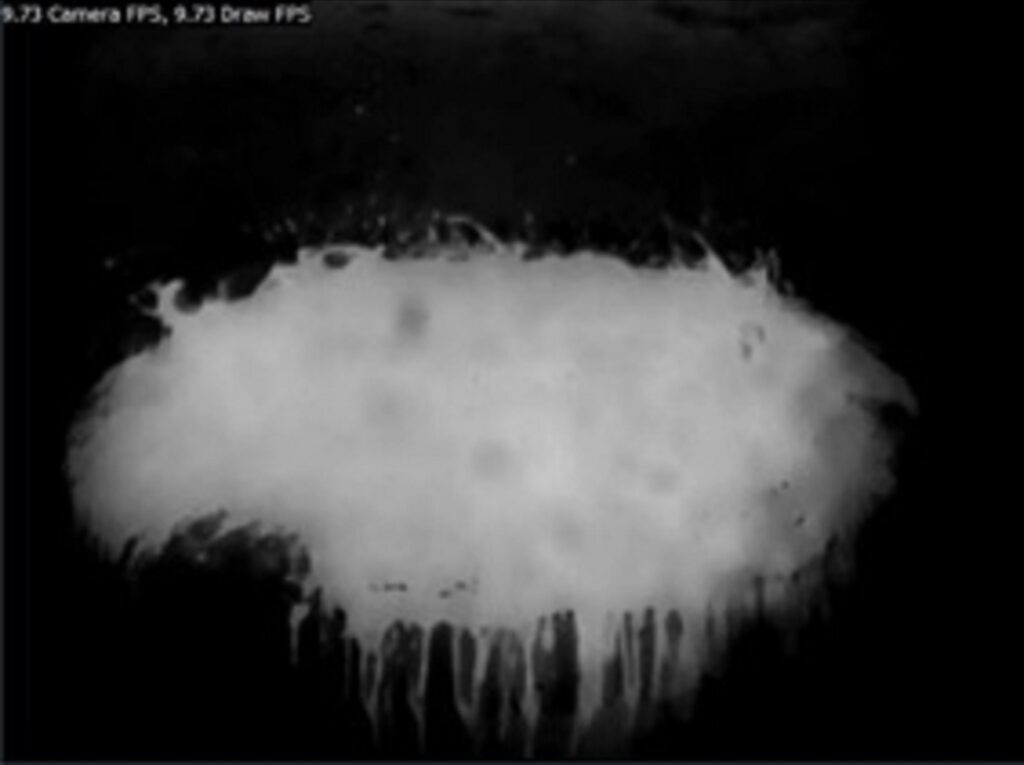Demand for ultra clean steel grades creates an ever-increasing requirement for vacuum-treated steels resulting in more stringent demands on equipment and processes. This demand has resulted in the proliferation of new Vacuum Tank Degasser (VTD) facilities and upgrades of existing VTD plants. Degassing efficiency improvements coupled with metallurgical process advancements have placed added demands on the VTD operation. Therefore, process control improvements necessitate ever increasing demands for accurate process measurement, identification, classification, and modification. This has resulted in improvements in safety, process enhancements, operational efficiency, cost reduction, yield increases, and productivity benefits. This demand for ultra-low hydrogen/nitrogen steels has resulted in an increase in deep degas treatments (1 Torr or lower).
Direct observation of the VTD process is vital to meet the challenges of determination of critical operational events leading to process improvement. Current methods of operator direct observation through sight ports or utilizing standard visible light cameras are inconsistent. Improved methods are required to achieve substantial results and benefits. The challenge has been to deploy a robust, data usable IR camera system providing quality images to be processed by a dynamic, accurate software measurement analysis system. The first challenge was met by the Valmet Furnace Imaging System consisting of a specialized IR camera that was developed for internal viewing of power boiler conditions operating at full load.

The IR camera and required electronics are housed in a sealed, stainless steel, gas cooled housing shown above.
Critical Component Reverse Flow Lens
- Superior components assure the best quality data-rich IR view.
- Innovative lens configuration ensures survival in harsh conditions.
- Reverse flow design maximizes cooling and prevents lens tip contamination.
- Minimizes impact of extraneous gases influencing the VTD process.
- Installed on VTD’s operating at 1 Torr with no significant “leakage”.

Lens tip protruding into VTD hood.

Clear Degasser Ladle View with IR Fractional Wavelength Camera
Connors Industrials, Inc. developed VTD Vision™ Software designed to capture, measure, define, classify, evaluate, and interpret the incoming video frames to ascertain and define the operational events of the degassing process. These include steel ladle definition, VTD hood movement, smoke determination, allowable internal ladle volume definition, steel/slag meniscus level determination, slag surface smoothness determination, argon stirring location and severity, meniscus rise determination, meniscus overflow location and severity.
Initial determinations of ladle presence and degas cycle initiation are critical to accurately determine degas events and overflow prediction and occurrence. Ladle freeboard and meniscus level determinations are more difficult as ladles change, erode, and grow skulls/rims. Ladles can exhibit wear lines, previous meniscus levels, uniform versus irregular/crusty slag surfaces, and uniform versus irregular meniscus level arcs. The ability of the software to determine these characteristics accurately is mission critical. Current image analysis methods may be limited and produce erroneous measurement determinations leading to false interpretations and false positive overflow alerts and alarms.

Overflow events may also occur when a less viscus fluid slag rises and creates a highly reactive, boiling, splashing overflow event, as shown above.
The software provides an accurate measurement of meniscus rate of rise which coupled with operational measurements of Torr levels, Torr set points and argon flow rates can predict ladle overflow. It can be accurately measured.

Contact Connors Industrials for additional information at (800) 466-8622.
